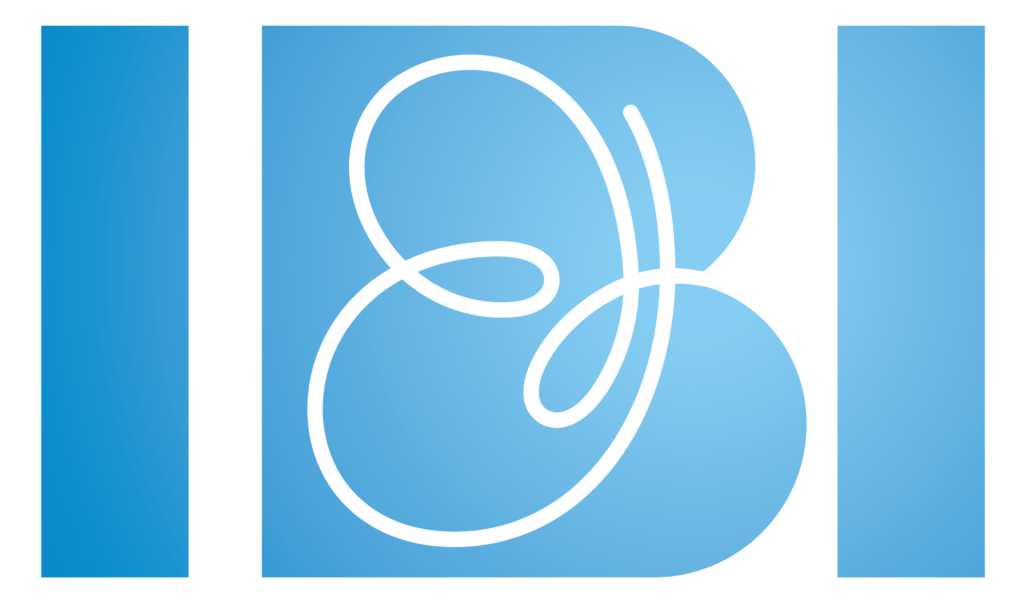Post – Tubal Ligation exercises: Starting Movement Again
After having tubal ligation, many women wonder when it’s safe to move their bodies again. While recovery varies, gentle activity is part of healing. Understanding how to return to fitness helps avoid setbacks and pain. Post – Tubal Ligation exercises are about finding balance between rest and movement. Walking, stretching, and light activities are often encouraged early. But more intense workouts need to wait. Let’s explore when and how to reintroduce exercise safely after the procedure.
Walking First: The Gentle Start to Movement
Walking is usually the first and safest activity after tubal ligation. Most doctors suggest short walks within a few days of surgery. Gentle walking helps with circulation and reduces the risk of blood clots. It also helps with bloating and gas pain, common after the procedure. But pushing too hard too soon can delay healing. Listen to your body, and increase walking time slowly.
This stage of Post – Tubal Ligation exercises are about easing into movement. If walking causes sharp pain or discomfort, rest more before trying again. Comfortable shoes and a quiet space to walk are helpful. Some women prefer walking indoors at first, especially during warm or cold weather. The goal is to stay active without stressing the body.
Lifting Weights: When to Resume Strength Training
Weight lifting requires extra care after tubal ligation. Your abdominal muscles and pelvic area need time to heal. Lifting too soon can cause pain, bleeding, or even reopen healing tissue. Most doctors recommend waiting two to four weeks before lifting anything heavy, including weights or even a full laundry basket.
When you begin again, use light weights and go slowly. Focus on arms and legs, not the core. Building back up takes time. During this phase of Post – Tubal Ligation exercises avoid straining, holding your breath, or using poor form. Proper technique is more important than how much weight you lift. If you feel any discomfort near the incision area, stop and give your body more time.
Post – Tubal Ligation exercises: Core Strength and Abdominal Recovery
Core workouts are one of the last types of exercise to reintroduce. This includes sit-ups, planks, crunches, or yoga poses that strain the belly. The abdominal muscles need time to recover from surgery, especially if the incisions were near the belly button. Most doctors suggest waiting four to six weeks before doing targeted core work.
When you’re ready, begin with easy movements like pelvic tilts or deep belly breathing. These can gently engage your core without pressure. This stage of Post – Tubal Ligation exercises is critical. A strong core supports the back, posture, and overall strength—but only when healing is complete. Pushing too fast can cause setbacks or unnecessary pain.
Yoga and Flexibility: The Importance of Gentle Stretching
Yoga can be helpful after tubal ligation, but only when approached carefully. Some positions, especially twists or backbends, might strain your incision area. However, gentle stretching can relieve tension, support circulation, and reduce stiffness. Restorative yoga styles or beginner classes are a safe starting point.
Yoga helps reconnect you with your body after surgery. Breathing deeply during stretches can also reduce stress and improve sleep. As part of your Post – Tubal Ligation exercises plan, yoga is excellent for balance and recovery—but only when you avoid aggressive poses early on. Stick to simple movements until your doctor approves more.
What to Avoid in the First Weeks
For the first few weeks, avoid high-impact exercise. This includes running, jumping, or fast-paced aerobics. These can shake the healing area and increase swelling or bleeding. Contact sports are also off-limits during recovery. Even stretching too deeply or twisting quickly can cause problems. Another thing to avoid is comparing yourself to others. Recovery is personal. While one person may walk miles after a week, another may need more rest. Focus on how your body feels and don’t rush back into a fitness routine too soon. Long-term health matters more than short-term goals. This is an important phase in Tubal Ligation exercises are recovery. The goal is to avoid injury and feel stronger with time—not just get active again quickly. Being cautious now sets the stage for a stronger return to fitness later.
Listening to Your Body: Signs You’re Doing Too Much
Knowing your limits is key. Pain, swelling, or new bleeding are signs you may be overdoing it. So is fatigue that lasts hours after activity. If you feel dizzy, lightheaded, or unusually sore, it’s time to rest. Your body will speak—so listen carefully. This stage of tubal ligation exercises are about tuning in. If a workout feels fine during the moment but causes pain later, adjust the intensity. Talk to your doctor about what you’re experiencing. Sometimes even gentle movement may be too much if your body is still healing.
Building a Long-Term Fitness Plan
Once healing is complete, you can return to your regular workout routine. A long-term fitness plan helps maintain weight, build strength, and support mental health. After tubal ligation, many women feel more comfortable with intense workouts because pregnancy is no longer a concern.
Strength training, cardio, and flexibility workouts can all return—but gradually. Pay attention to nutrition and hydration as well. Consistency, not speed, is the goal. Long-term fitness after surgery is about rebuilding confidence in your body and finding activities you enjoy. By this point, Post – Tubal Ligation exercises becomes part of your everyday life again—not something limited by healing. This is where the benefits of patience and slow recovery really shine.
Post – Tubal Ligation exercises: Healing First, Then Strength
Returning to fitness after tubal ligation is a process. It requires listening to your body, moving slowly, and choosing the right exercises. Walking comes first. Then strength work. Then core. Then full activity. Respecting the healing process is the best way to get strong again. With the right approach, Post – Tubal Ligation exercises can become a powerful tool—not just for physical health but also for mental clarity. You’ll feel more confident, strong, and connected to your body. Give yourself the time you need. You’ll be glad you did.
Do you have questions or want to learn more about our treatments? At IBI Laser Therapy, we’re here to help. Our team of professional doctors is ready to provide all the information you need. Contact us today and we’ll help you take the next step toward relief. Click here to schedule an appointment or receive more information.



